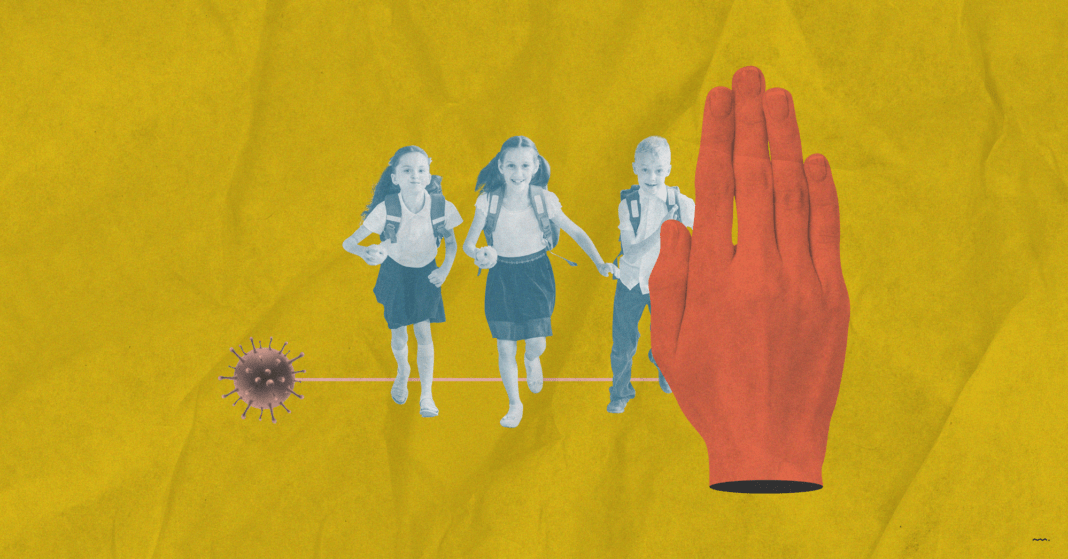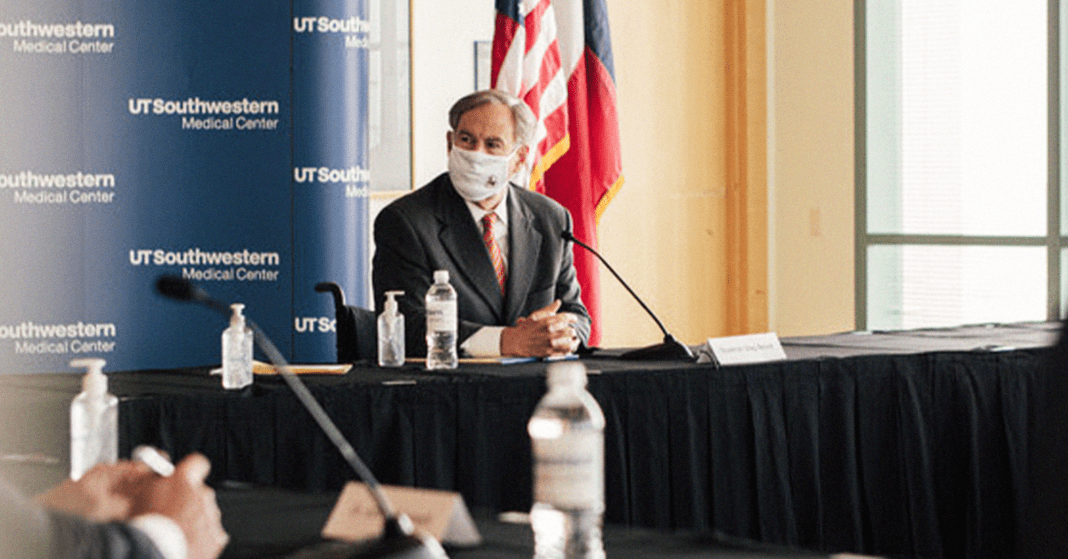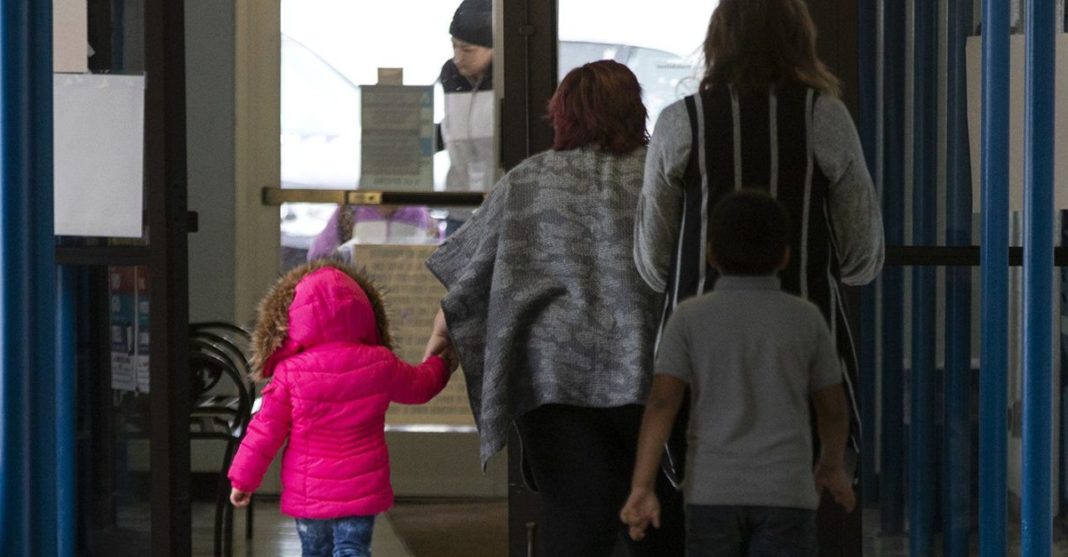There is a lot of discussion underway right now about school starting and the possible spread of COVID-19 among kids and those they live with. The opinions are strong. Some say it is nuts to be opening schools while cases are still as numerous as they are. Others say we have to move forward despite the risk.
Among those pushing to move forward is President Donald Trump, who told Fox News that children are “almost immune.” That interview was removed by both Facebook and Twitter.
“This video includes false claims that a group of people is immune from COVID-19 which is a violation of our policies around harmful COVID misinformation,” Facebook said in a statement.
Doctors say children can catch — and pass on — the coronavirus.
In a Twitter thread Wednesday evening, Dr. Pritesh Gandhi posted the following: “I am a f***** doctor. I lead a health clinic in East Austin and treat #COVID19 patients. America is out of its mind thinking we are even remotely prepared for school this fall. We are definitely NOT ready & if people say we are, it’s either out of ignorance or arrogance.”
Gov. Greg Abbott has been clear about wanting kids to get back to learning but has stressed that school districts have flexibility as to when they put students back in the classroom. He does worry about kids being kids, saying his greatest concern is not the spread of COVID-19 in schools but rather what might happen after school.
“As students depart school for the day, they must maintain the very safest practices as they go home and do not gather in different types of locations that will lead to the spread of COVID-19,” said Abbott.
A new study from the University of Texas at Austin weighs the risk of children arriving on campus infected with COVID-19. It shows that it will depend on the size of the school and overall prevalence of COVID-19 in the surrounding community.
“Schools within the same county may have different levels of risk,” the study reads. “If infections are occurring in localized hot spots, then schools in those neighborhoods will have higher risks than suggested by the overall prevalence while schools in less affected neighborhoods will have lower risk.”
“Based on current infection rates, more than 80 percent of Americans live in a county where at least one infected person would be expected to show up to a school of 500 students and staff in the first week, if school started today,” the New York Times reported in publishing an interactive guide.
The estimates assume kids are as likely as adults to transmit the disease.
“It’s meant to guide schools so they can anticipate when it might be safe, or easier, to open and bring kids in,” said Lauren Ancel Meyers, an epidemiologist at the University of Texas at Austin who led the research team, to the NYT.
As students return to school across the country, there are reports coming in about infections — at least nine in Tennessee, six in Indiana, five in Mississippi and two in Kentucky, according to a report in USA Today.
The incidence of COVID-19 in children is less than it is for adults. They account for 22% of the population, but just 7% of COVID-19 cases. Even fewer kids get seriously ill.
The bottom line is that there is risk in sending kids back to school. How high that risk is depends on where you live and a lot of unknowns about the impact of COVID-19 in young people.
You can weigh the risk for your area here.








